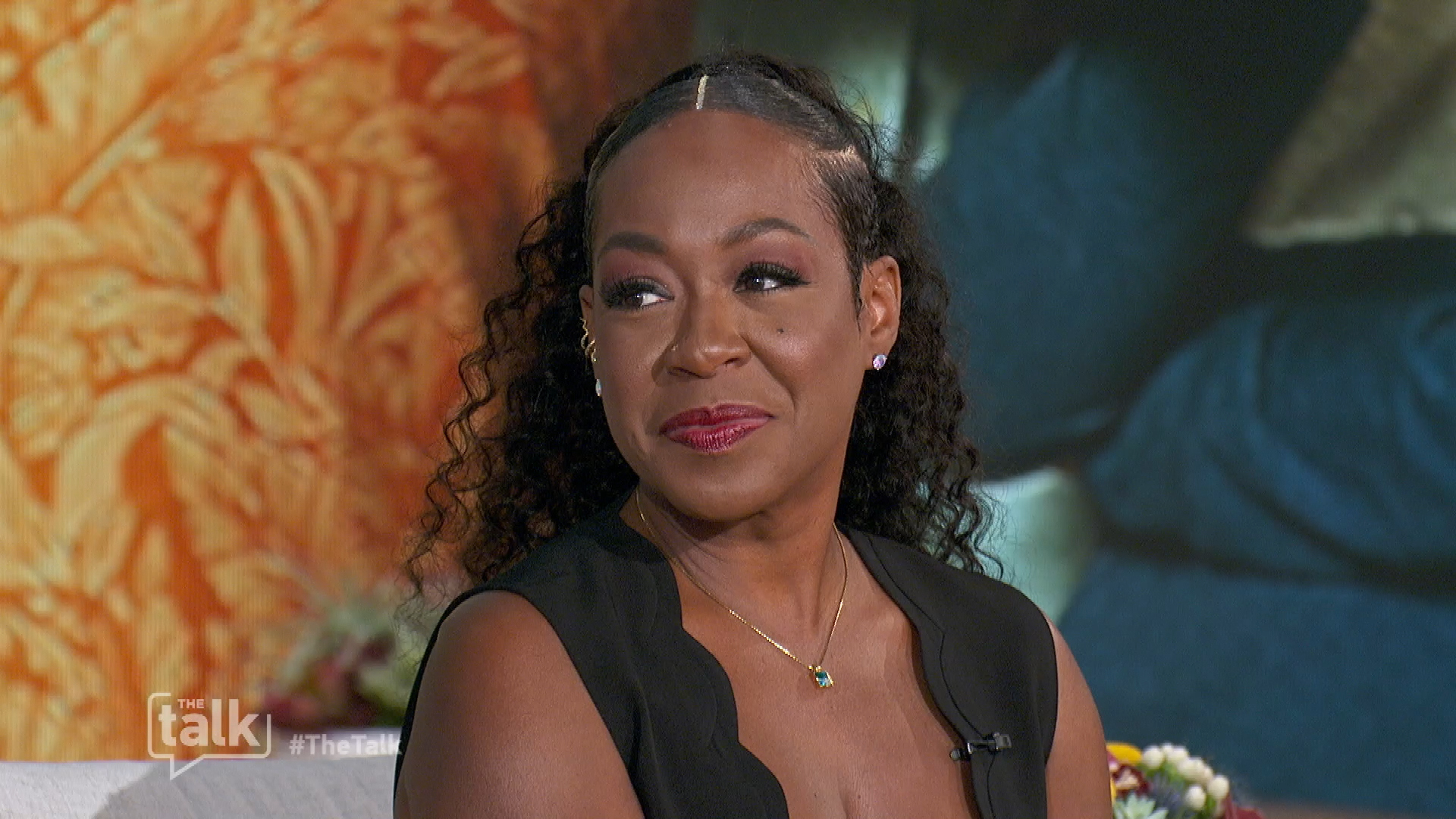Ever wondered why some neighborhoods feel like home while others don’t? The neighborhood talk is all about creating those connections, fostering a sense of belonging, and turning strangers into friends. Whether you’re moving into a new area or just looking to strengthen your existing community bonds, this guide has got you covered. From organizing events to setting up communication channels, we’ll dive deep into the strategies that make neighborhoods thrive.
There’s something magical about walking down the street and seeing familiar faces. It’s not just about living close to each other; it’s about building relationships, sharing experiences, and creating a support system. The neighborhood talk isn’t just gossip—it’s a way to connect on a deeper level and create a place where everyone feels welcome.
In today’s fast-paced world, it’s easy to get caught up in our own lives and forget about the people around us. But the truth is, strong communities lead to happier, healthier lives. So, let’s dive in and explore how you can start or join the neighborhood talk to make your community a better place.
Read also:Richelle Ryan The Rising Star Redefining Entertainment
What is the Neighborhood Talk All About?
At its core, the neighborhood talk is about communication. It’s about sharing ideas, concerns, and even small updates about what’s happening in your area. Think of it as a way to keep everyone in the loop without feeling intrusive. Whether it’s through social media groups, community boards, or good old-fashioned conversations, the goal is to create an open line of communication that benefits everyone.
Why Communication Matters in Your Community
Effective communication is the backbone of any successful neighborhood. When people feel heard and understood, they’re more likely to participate in community activities and contribute positively. Here are a few reasons why communication matters:
- It fosters trust and transparency.
- It helps solve problems faster by bringing everyone together.
- It creates a sense of belonging and unity.
- It encourages collaboration on projects and initiatives.
Without proper communication, misunderstandings can arise, leading to tension and division. The neighborhood talk aims to bridge those gaps and create a space where everyone feels valued.
Building Stronger Neighborhoods Through Engagement
Engagement is key to building stronger neighborhoods. It’s not just about attending events; it’s about actively participating in the community and contributing to its growth. Whether it’s volunteering, organizing events, or simply being present, every little effort counts.
Ways to Get Involved in Your Neighborhood
There are countless ways to get involved in your neighborhood. Here are a few ideas to get you started:
- Join local community groups on social media.
- Volunteer for neighborhood clean-up events.
- Attend town hall meetings to voice your opinions.
- Start a book club or hobby group with your neighbors.
Remember, the more you put into your community, the more you’ll get out of it. Engaging with your neighbors not only strengthens your relationships but also improves the overall quality of life in your area.
Read also:Sana Ed The Rising Star In The World Of Creativity And Innovation
The Power of Events in the Neighborhood Talk
Events are a fantastic way to bring people together and spark conversations. From block parties to charity fundraisers, there’s always an opportunity to create memorable experiences that strengthen community ties.
How to Organize Successful Neighborhood Events
Planning a successful event requires some effort, but the results are worth it. Here’s a step-by-step guide:
- Identify a purpose or theme for your event.
- Recruit volunteers to help with planning and execution.
- Choose a date and location that works for everyone.
- Advertise your event through flyers, social media, and word of mouth.
- Follow up after the event to gather feedback and plan for the future.
By hosting regular events, you’ll keep the neighborhood talk alive and thriving. Plus, who doesn’t love a good party?
Technology and the Neighborhood Talk
Technology has revolutionized the way we communicate, and it can be a powerful tool for enhancing the neighborhood talk. From apps to social media platforms, there are countless ways to stay connected with your community.
Popular Apps and Platforms for Neighborhood Communication
Here are a few tools you might find useful:
- Nextdoor: A social network specifically designed for neighborhoods.
- WhatsApp Groups: Great for quick updates and group chats.
- Facebook Groups: Perfect for organizing events and sharing news.
While technology can’t replace face-to-face interactions, it can certainly supplement them. Use these tools to stay informed and engaged with what’s happening in your area.
Addressing Common Challenges in the Neighborhood Talk
No community is perfect, and there will inevitably be challenges along the way. Whether it’s dealing with conflicts, managing expectations, or overcoming cultural differences, it’s important to approach these issues with empathy and understanding.
Strategies for Resolving Community Conflicts
Here are a few tips for addressing conflicts in your neighborhood:
- Listen actively and try to understand both sides of the issue.
- Encourage open dialogue and avoid jumping to conclusions.
- Involve neutral third parties if necessary to mediate the situation.
- Focus on finding solutions rather than placing blame.
By tackling challenges head-on, you’ll create a more harmonious and resilient community.
Benefits of a Strong Neighborhood Talk
A thriving neighborhood talk can bring numerous benefits to both individuals and the community as a whole. Here are a few examples:
- Increased safety due to better communication and awareness.
- Improved mental health through social connections and support.
- More opportunities for collaboration and resource sharing.
- Enhanced property values as the area becomes more desirable.
When people feel connected and supported, they’re more likely to invest time and effort into improving their surroundings. This creates a positive feedback loop that benefits everyone.
Case Studies: Successful Neighborhood Talks
Looking at real-world examples can provide valuable insights into what works and what doesn’t. Here are a few case studies of neighborhoods that have successfully implemented the neighborhood talk:
Case Study 1: The Greenfield Initiative
In Greenfield, a small town in Ohio, residents came together to transform an abandoned lot into a community garden. Through regular meetings and volunteer efforts, they were able to create a beautiful space that now serves as a hub for social gatherings and educational workshops.
Case Study 2: The Urban Renewal Project
In downtown Chicago, a group of neighbors banded together to revitalize their block. They organized clean-up events, painted murals, and even started a farmers’ market. Their efforts not only improved the physical appearance of the area but also brought people closer together.
These examples show that with dedication and teamwork, anything is possible.
Tips for Maintaining the Neighborhood Talk
Starting the neighborhood talk is just the beginning. To ensure its longevity, you’ll need to put in some effort to keep the momentum going. Here are a few tips:
- Set regular meeting times to discuss updates and plans.
- Encourage new voices to join the conversation and share their ideas.
- Recognize and celebrate the contributions of active participants.
- Stay adaptable and open to change as the community evolves.
By nurturing the neighborhood talk, you’ll create a sustainable and vibrant community that continues to grow and thrive.
Conclusion: Start the Neighborhood Talk Today
The neighborhood talk isn’t just a trend—it’s a necessity. In a world where people are increasingly disconnected, building strong communities has never been more important. By fostering communication, engagement, and collaboration, you can turn your neighborhood into a place where everyone feels at home.
So, what are you waiting for? Start the conversation today. Whether it’s through social media, events, or face-to-face interactions, every little effort counts. And don’t forget to share this article with your neighbors to get them involved too!
Table of Contents
- What is the Neighborhood Talk All About?
- Why Communication Matters in Your Community
- Building Stronger Neighborhoods Through Engagement
- Ways to Get Involved in Your Neighborhood
- The Power of Events in the Neighborhood Talk
- How to Organize Successful Neighborhood Events
- Technology and the Neighborhood Talk
- Popular Apps and Platforms for Neighborhood Communication
- Addressing Common Challenges in the Neighborhood Talk
- Strategies for Resolving Community Conflicts
- Benefits of a Strong Neighborhood Talk
- Case Studies: Successful Neighborhood Talks
- Tips for Maintaining the Neighborhood Talk
Let’s make our neighborhoods a better place, one conversation at a time. So, get out there, talk to your neighbors, and start building the community you’ve always dreamed of!


